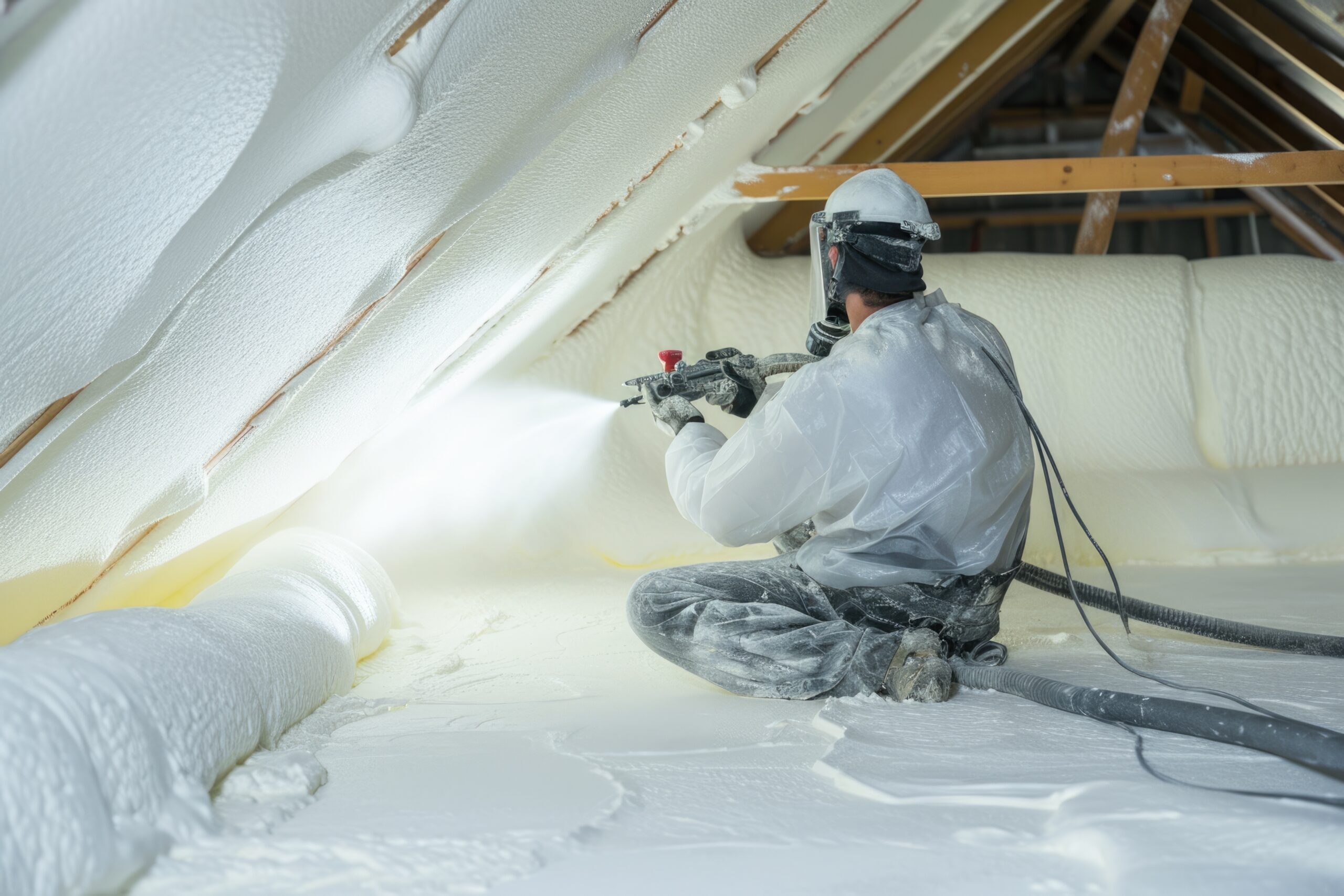When it comes to home improvement and construction, insulation is a critical component that significantly affects the comfort, energy efficiency, and overall sustainability of a building. Faced with the task of choosing the right insulation for your home or project, you might find yourself weighing the benefits of spray foam insulation versus traditional insulation. At Impactful Construction Group, a CA licensed contractor based in Woodland Hills serving the entire Los Angeles area, we often receive this question from our clients in the San Fernando Valley, from Northridge to Glendale.
With an experienced team of professionals at Impactful Construction Group, we’ve seen firsthand the advantages that spray foam insulation can offer over traditional insulation types, such as fiberglass batts or cellulose. This article will delve into these benefits, comparing cost, installation process, energy efficiency, environmental impact and overall performance.
Table of Contents
ToggleUnderstanding Spray Foam Insulation and Traditional Insulation
First, it’s essential to understand what we mean when we talk about spray foam insulation and traditional insulation. Spray foam is a type of insulation that expands and hardens upon application, filling up cracks and crevices to create an airtight seal. On the other hand, traditional insulation typically refers to materials like fiberglass batts or blown-in cellulose that are installed in pieces or layers.
While both types of insulation serve the same primary purpose – to keep your home or building at a comfortable temperature by reducing heat transfer – they do so in different ways and offer different benefits and drawbacks. Let’s discuss these in more detail.
Cost and Installation Process
One of the first things homeowners in Burbank or Encino might consider when choosing insulation is the cost. Spray foam insulation tends to be more expensive upfront than traditional insulation. However, it’s important to consider the long-term savings that spray foam offers due to its superior insulating properties, which can significantly reduce your energy bills.
The installation process for spray foam insulation is also more involved. It requires specialized equipment and trained professionals, like our experienced team at Impactful Construction Group. Even though the initial investment might be higher, the longevity, energy savings, and superior performance often outweigh the initial cost.
Energy Efficiency
When it comes to energy efficiency, spray foam insulation outperforms traditional insulation. This is because spray foam expands to fill all gaps, creating an airtight seal that prevents air leakage. This is particularly important in areas of Los Angeles like Tarzana or Reseda, where keeping your home cool during the hot summer months can be a challenge.
On the other hand, traditional insulation materials like fiberglass or cellulose do not provide a complete air seal, which can lead to higher energy bills. It’s estimated that spray foam insulation can provide up to 50% better insulation than traditional materials, leading to significant energy savings in the long run.
Environmental Impact
Many homeowners in the San Fernando Valley area are increasingly concerned about the environmental impact of their choices, and insulation is no exception. Spray foam insulation has a lower environmental impact compared to traditional insulation. It lasts longer, reducing the need for replacement and waste, and it helps lower energy consumption due to its superior insulating properties.
Traditional insulation materials, on the other hand, can have a higher environmental impact. They do not last as long and need to be replaced more often, leading to more waste. Plus, the increased energy consumption due to less efficient insulation can contribute to higher carbon emissions.
FAQs about Spray Foam Insulation versus Traditional Insulation
Here are some common questions we receive at Impactful Construction Group about spray foam insulation versus traditional insulation.
- Is spray foam insulation safe? Yes, when installed correctly by professionals, spray foam insulation is safe and non-toxic. It doesn’t emit harmful gases and doesn’t contain substances like formaldehyde, which is found in some types of traditional insulation.
- Does spray foam insulation damage walls or roofs? No, spray foam insulation does not damage walls or roofs. It expands to fill gaps and hardens, but it doesn’t exert pressure that could cause structural damage.
- Can spray foam insulation be installed in an existing home? Yes, spray foam insulation can be installed in existing homes. It’s often used in renovations or retrofits to improve a home’s energy efficiency. Our experienced team at Impactful Construction Group can provide advice and services for this type of project.
Do you have more questions? Don’t hesitate to give us a call at (323) 591-3717. We’re here to help!
Conclusion
In conclusion, while spray foam insulation might require a higher upfront investment and professional installation, its long-term benefits in terms of energy savings, environmental impact, and overall performance make it a worthy consideration for any homeowner or builder in the San Fernando Valley area. As always, it’s important to work with a trusted professional to make the best decision for your specific needs and circumstances.
Ready to transform your space? Trust the experts at Impactful Construction Group. As CA licensed contractors based in Woodland Hills, we serve the entire Los Angeles area with premium construction and remodeling services. Call or text (323) 591-3717 for a free consultation and let’s bring your vision to life.
